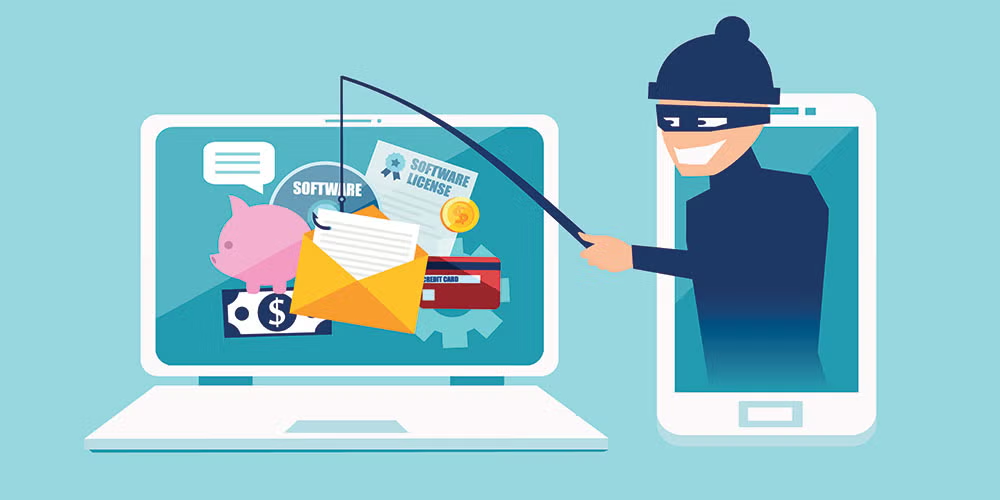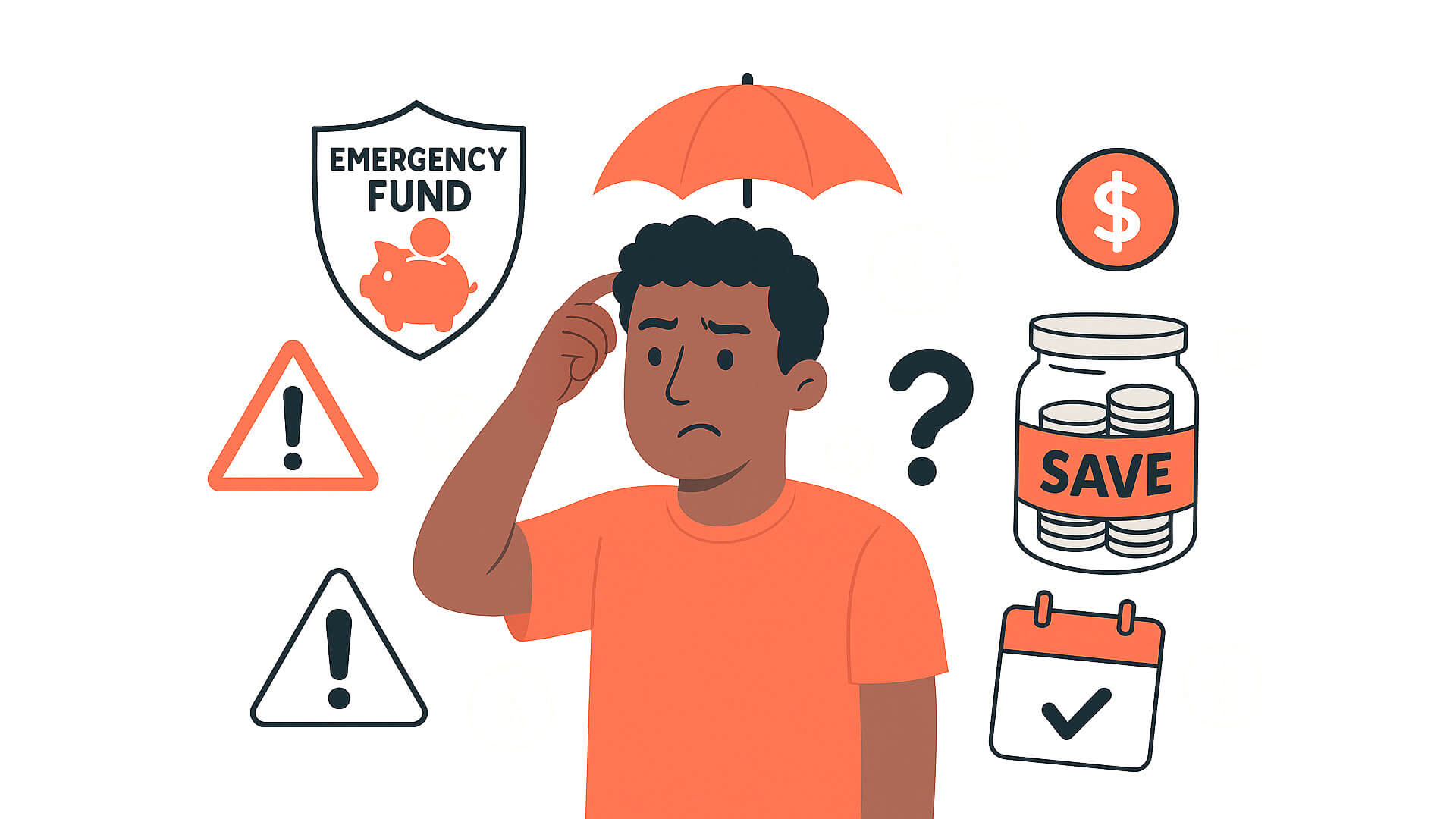The digital realm, while offering unprecedented convenience and connectivity, also harbors an increasingly complex and dangerous landscape of cyber threats. As technology evolves, so does the sophistication of cybercriminals, making proactive personal cybersecurity an absolute necessity, not just for large organizations, but for every individual user. The financial toll of cybercrime is staggering, reinforcing the need for continuous vigilance and adaptation in our online habits. Understanding the predominant threats is the first, crucial step toward building a robust personal defense.
The Evolving Threat Landscape: What’s Hot and What’s Dangerous
The nature of cyber threats is in constant flux, driven by technological advancements and the criminal economy. Staying current with the top dangers helps in prioritizing defense efforts.
1. The Rise of AI-Powered Phishing and Social Engineering
Phishing remains the most common gateway for cyberattacks, but it has evolved far beyond poorly worded emails. Attackers are now leveraging Artificial Intelligence (AI) to create hyper-personalized and highly convincing social engineering attacks.
- Advanced Phishing: AI can analyze a target’s writing style, social media activity, and professional communications to craft emails, texts (Smishing), or voice calls (Vishing) that are nearly indistinguishable from authentic communication from a colleague, bank, or family member.
- Deepfakes and Impersonation: Sophisticated deepfake technology can replicate voices and faces with near-perfect precision, enabling fraudulent video calls or voice messages for impersonation fraud, often targeting Business Email Compromise (BEC) schemes or family members for emergency scams.
2. Ransomware-as-a-Service (RaaS) and Double Extortion
Ransomware, which encrypts a victim’s data and demands a ransom for its release, continues to be a formidable threat. The emergence of Ransomware-as-a-Service (RaaS) has democratized cybercrime, allowing individuals with minimal technical skill to launch major attacks using readily available toolkits.
Furthermore, attackers now frequently employ double extortion, where they not only encrypt the victim’s data but also steal a copy. If the ransom is not paid, they threaten to publicly leak the sensitive information, significantly increasing the pressure to pay.
3. Cloud and API Vulnerabilities
As individuals and organizations rely heavily on cloud services (e.g., Google Drive, Dropbox, iCloud) for storage and collaboration, cloud security becomes paramount.
- Misconfigurations: Poorly secured or misconfigured cloud settings are a frequent breach point. Simple errors in permission settings can expose vast amounts of sensitive data.
- API Exploits: Application Programming Interfaces (APIs), which allow different software applications to communicate, are often overlooked security weak points. Vulnerabilities in APIs can be exploited to access data across interconnected systems.
4. Fileless Malware and Advanced Persistent Threats (APTs)
While traditional malware involves a file being installed on a device, Fileless Malware operates entirely in the computer’s memory (RAM) and uses legitimate system tools. This makes it extremely difficult for traditional antivirus software to detect and remove, as it leaves no footprint on the hard drive.
Advanced Persistent Threats (APTs) are prolonged, targeted attacks where an intruder gains access to a network and remains undetected for an extended period. While typically aimed at high-value organizations, the techniques can filter down, posing a risk to individuals with significant sensitive data or digital assets.
5. IoT Device Exploitation
The proliferation of Internet of Things (IoT) devices—from smart home assistants and security cameras to smart appliances—has created an expanded attack surface. Many of these devices are shipped with weak default passwords and receive infrequent security updates, making them easy targets for hackers. Compromised IoT devices can be used to spy on homeowners or be enlisted into massive botnets to launch Denial-of-Service (DDoS) attacks.
Essential Strategies for Protection: Building Your Digital Fortitude
While the threats may seem daunting, effective cybersecurity is built on layered, common-sense practices. Here is how you can significantly fortify your online defenses:
1. Implement Strong Identity and Access Management
Your passwords and authentication methods are your first and strongest line of defense.
- Use Strong, Unique Passwords: Never reuse passwords across different accounts. Create long, complex passphrases (e.g., three random words) using a mix of upper and lower case letters, numbers, and symbols.
- Embrace Multi-Factor Authentication (MFA): Enable MFA on every account that supports it, especially email, banking, and critical social media. Even if a criminal steals your password, they cannot access your account without the second factor (e.g., a code from your phone). Authenticator apps are generally more secure than SMS codes.
- Use a Password Manager: A reputable password manager (e.g., LastPass, 1Password, Bitwarden) is essential. It securely stores and generates complex passwords, ensuring you only need to remember one strong master password.
2. Software Hygiene: Keep Everything Up-to-Date
Cybercriminals frequently exploit known vulnerabilities in old software.
- Patch Regularly: Ensure your operating system (Windows, macOS, iOS, Android), web browser, and all applications are running the latest version. Updates contain critical security patches that close the gaps hackers exploit. Where possible, enable automatic updates.
- Antivirus and Anti-Malware: Use reputable antivirus and anti-malware software on your devices. These tools are the foundation for detecting and neutralizing threats like ransomware and fileless malware.
3. Be a Skeptical User: The Human Firewall
Given the rise of advanced social engineering, your critical thinking is your best defense.
- Think Before You Click: Exercise extreme caution with unexpected links or attachments in emails, texts, or social media messages, even if they appear to be from a known contact. If a message urges immediate action or sounds too good to be true, it’s likely a scam. Verify the sender’s identity through a separate, known channel (e.g., call them on a trusted number).
- Scrutinize URLs: Before entering credentials or personal information, check the website address (URL) for misspellings or subtle differences. Look for the “https://” prefix and the padlock icon, but remember these alone are not guarantees of safety.
- Limit Public Personal Information: Review your privacy settings on social media and limit the personal details (like birthdates, pet names, or schools) that you share publicly, as this information is often used by scammers to guess security questions or passwords.
4. Secure Your Network and Devices
Your home network can be a significant vulnerability if not secured properly.
- Secure Wi-Fi: Change the default name and password on your home router to a strong, unique passphrase. Use WPA3 or WPA2 encryption.
- IoT Device Security: Change the default passwords on all new smart devices immediately. Isolate IoT devices on a separate network segment if your router supports a “Guest” or “IoT” network.
- Use a VPN on Public Wi-Fi: Avoid conducting sensitive transactions (like banking or shopping) on public Wi-Fi. If you must use it, connect via a Virtual Private Network (VPN), which encrypts your internet traffic, preventing snooping.
5. Data Backup: The Ultimate Ransomware Defense
Regular data backups are your insurance policy against ransomware, hardware failure, and accidents.
- The 3-2-1 Rule: Maintain at least three copies of your data, store the copies on two different types of media (e.g., local hard drive and cloud storage), and keep one copy offsite or offline (disconnected from your network) to protect against ransomware that could infect your primary system and attached backups.
Conclusion
The battle for cybersecurity is an ongoing commitment, not a one-time fix. By recognizing the current top threats—especially the human-centric danger of AI-powered social engineering and the destructive force of RaaS—and by consistently implementing strong defenses like MFA, regular patching, and skeptical online behavior, every user can take command of their digital safety. In an interconnected world, your personal cybersecurity contributes to the overall resilience of the internet, making vigilance a civic responsibility. The key is to be proactive, assume an attack is possible, and build the layers of defense that ensure you remain safe and resilient online.





